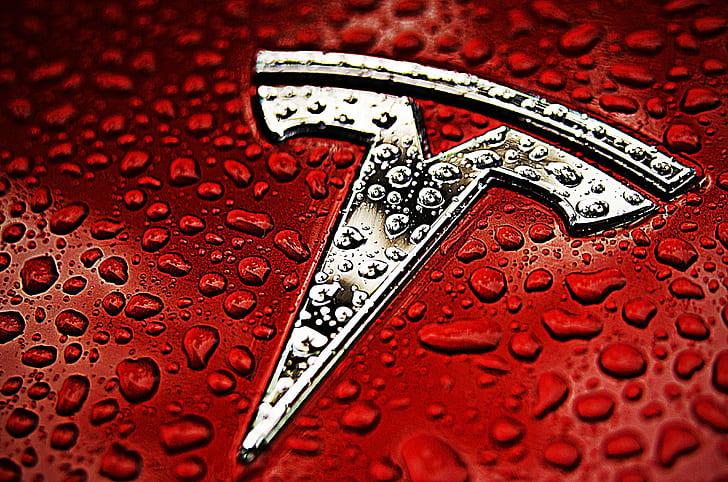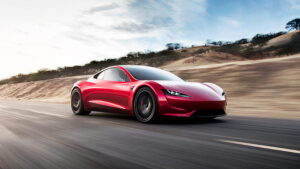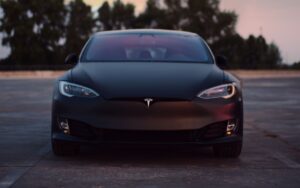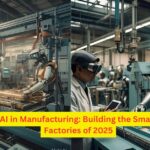Introduction
Welcome to this in-depth article on Tesla Revolutionizing the Future of Transportation, the innovative company that has been revolutionizing the automotive industry and spearheading the transition to sustainable transportation. With its cutting-edge electric vehicles (EVs) and groundbreaking advancements in autonomous driving technology, Tesla has captured the world’s attention and redefined what it means to drive a car. In this article, we will delve into the history of Tesla, explore its remarkable achievements, and discuss its impact on the environment and the future of mobility.
Tesla: Pioneering Electric Mobility
Tesla, founded in 2003 by Martin Eberhard and Marc Tarpenning, is named after the influential physicist and electrical engineer, Nikola Tesla. The company’s mission is to accelerate the world’s transition to sustainable energy by creating the most compelling electric vehicles and renewable energy products. At its core, Tesla aims to address the pressing challenges of climate change and reduce the world’s dependence on fossil fuels.
The Visionary Mind of Elon Musk
No discussion about Tesla Revolutionizing the Future of Transportation is complete without mentioning its enigmatic and visionary CEO, Elon Musk. Musk, a South African-born entrepreneur and innovator, joined Tesla in 2004 and took on the role of CEO in 2008. With his relentless drive and audacious goals, Musk has propelled Tesla to the forefront of the automotive industry, disrupting long-established norms and inspiring a new era of electric mobility.
Tesla’s Revolutionary Electric Vehicles
Model S: Redefining Performance
Tesla’s flagship model, the Model S, has become synonymous with high-performance electric vehicles. Launched in 2012, the Model S showcased Tesla’s engineering prowess and proved that electric cars can surpass their gasoline-powered counterparts in both speed and range. With blistering acceleration, luxurious interiors, and an industry-leading range, the Model S captivated car enthusiasts worldwide.
Model 3: Making Electric Cars Accessible
In 2017, Tesla introduced the Model 3, a more affordable and mass-market electric vehicle that aimed to bring sustainable transportation to the masses. The Model 3 quickly became a game-changer, breaking sales records and solidifying Tesla’s position as a leader in the EV market. With its sleek design, impressive range, and advanced features, the Model 3 has made electric cars more accessible and appealing to a broader audience.
Model X: Pushing the Boundaries of Innovation
Tesla’s Model X stands out as an SUV that combines functionality, style, and sustainability. Released in 2015, the Model X introduced revolutionary features such as Falcon Wing doors, a panoramic windshield, and advanced safety systems. This all-electric SUV disrupted the automotive industry and showcased Tesla’s Revolutionizing the Future of Transportation commitment to pushing the boundaries of innovation.
Model Y: Embracing the SUV Craze
Recognizing the global demand for SUVs, Tesla unveiled the Model Y in 2020. Building upon the success of the Model 3, the Model Y offers a larger, more spacious design while maintaining the efficiency and performance synonymous with Tesla’s vehicles. By entering the booming SUV market, Tesla Revolutionizing the Future of Transportation aims to further accelerate the adoption of electric vehicles and appeal to a broader range of consumers.
The Tesla Energy Revolution
While Tesla’s electric vehicles have taken center stage, the company’s vision extends beyond transportation. Tesla Energy, a division of the company, focuses on revolutionizing the way we generate, store, and utilize energy.
Powerwall: Empowering Homes with Clean Energy
Tesla’s Powerwall is a sleek and compact energy storage system designed for residential use. By harnessing solar energy during the day and storing it in the Powerwall, homeowners can power their homes during the evening or during power outages. The Powerwall enables greater energy independence, reduces
Powerwall: Empowering Homes with Clean Energy
Tesla’s Powerwall is a sleek and compact energy storage system designed for residential use. By harnessing solar energy during the day and storing it in the Powerwall, homeowners can power their homes during the evening or during power outages. The Powerwall enables greater energy independence, reduces reliance on the traditional power grid, and promotes the use of clean, renewable energy sources.
Powerpack: Transforming Businesses and Grids
Beyond residential applications, Tesla’s Powerpack serves as a scalable energy storage solution for commercial and utility-scale projects. Powerpacks are capable of storing large amounts of renewable energy, allowing businesses to reduce their reliance on fossil fuels and support a more sustainable energy infrastructure. Additionally, Powerpacks help stabilize electrical grids, enhance grid resilience, and enable efficient energy management.
Megapack: Revolutionizing Energy Storage
For large-scale projects such as utility-scale renewable installations and grid-level energy storage, Tesla offers the Megapack. With its massive capacity and modular design, the Megapack is an all-in-one solution that simplifies installation and accelerates the deployment of large-scale energy storage projects. Tesla’s Megapack is transforming the way we think about energy storage, paving the way for a cleaner and more reliable energy future.
Autopilot and Full Self-Driving
Tesla has not only revolutionized the automotive industry with its electric vehicles but has also made significant strides in autonomous driving technology. The company’s Autopilot system, available in its vehicles, offers advanced driver-assistance features that enhance safety and convenience.
Autopilot: Enhanced Safety and Convenience
Tesla’s Autopilot utilizes a combination of sensors, cameras, and radar to enable a range of advanced driver-assistance features. These features include adaptive cruise control, lane-keeping assist, automatic emergency braking, and more. Autopilot enhances the overall driving experience, improves safety by reducing the risk of accidents, and provides drivers with added convenience during long journeys.
Full Self-Driving: Towards Autonomous Mobility
Building upon the foundation of Autopilot, Tesla Revolutionizing the Future of Transportation is actively developing its Full Self-Driving (FSD) capability. FSD represents Tesla’s vision of achieving fully autonomous driving, where vehicles can navigate and operate without any human intervention. While FSD is still undergoing continuous development and regulatory approvals, Tesla’s advancements in autonomous technology have already set the stage for a future where self-driving cars become a reality.
Tesla’s Environmental Impact
One of the primary motivations behind Tesla’s mission is to combat climate change and reduce the carbon footprint of transportation. Electric vehicles, by virtue of their zero-emission operation, play a crucial role in mitigating the environmental impact of traditional internal combustion engine vehicles.
Zero Emissions: Reducing Carbon Footprint
Tesla’s electric vehicles produce zero tailpipe emissions, which significantly reduces greenhouse gas emissions compared to conventional vehicles. By transitioning to electric mobility, we can curb air pollution, combat climate change, and work towards a more sustainable future. Tesla’s commitment to sustainable transportation aligns with global efforts to reduce carbon emissions and achieve a greener planet.
Energy Efficiency: Maximizing Electric Range
Tesla has made significant advancements in energy efficiency, allowing its vehicles to achieve impressive electric ranges. Through innovative engineering, Tesla has optimized battery performance, reduced energy consumption, and improved the overall efficiency of its electric vehicles. By maximizing the electric range, Tesla promotes the adoption of electric vehicles by addressing one of the key concerns: range anxiety.
Frequently Asked Questions (FAQs)
1. How long does it take to charge a Tesla?
Charging times for Tesla vehicles vary depending on


















